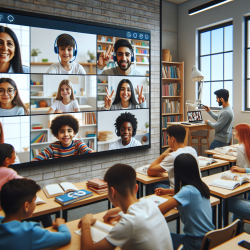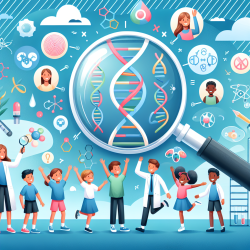Introduction
In the wake of disasters, children and youth often face significant challenges due to their developmental stages and dependency on adults. However, they also possess the potential to exhibit remarkable resilience. A recent study titled Social-Ecological Factors Associated With Higher Levels of Resilience in Children and Youth After Disaster: The Importance of Caregiver and Peer Support sheds light on the factors that contribute to resilience in young individuals, particularly emphasizing the roles of caregivers and peers.
The Study: A Closer Look
This research, conducted after the 2016 Fort McMurray wildfire, utilized a mixed-methods approach involving both quantitative and qualitative data. The study revealed that children and youth exhibited higher-than-average resilience levels, which were closely associated with caregiver physical support and peer support.
Key Findings
- Caregiver Support: Physical caregiving was identified as a critical factor in bolstering resilience. Caregivers who provided safety, basic needs, and emotional reassurance played a pivotal role in their children's recovery.
- Peer Support: Peer relationships offered emotional support and distraction from stressors. Communication with peers helped children process their experiences and provided a sense of normalcy.
Implications for Practitioners
Practitioners working with children post-disaster can enhance their support strategies by focusing on strengthening caregiver and peer support systems. Here are some actionable steps:
- Encourage caregivers to maintain physical proximity and provide emotional support to their children.
- Facilitate peer group activities that promote open communication and mutual support among children.
- Develop programs that educate caregivers on the importance of their role in fostering resilience.
Encouraging Further Research
While this study provides valuable insights, there is a need for further research to explore additional protective factors that contribute to resilience. Practitioners are encouraged to engage in research that includes children's perspectives to better understand their unique experiences and needs.
Conclusion
Understanding the social-ecological factors that enhance resilience in children and youth is crucial, especially as the frequency of disasters increases globally. By focusing on caregiver and peer support, practitioners can significantly improve outcomes for young individuals facing adversity.
To read the original research paper, please follow this link: Social-Ecological Factors Associated With Higher Levels of Resilience in Children and Youth After Disaster: The Importance of Caregiver and Peer Support.










